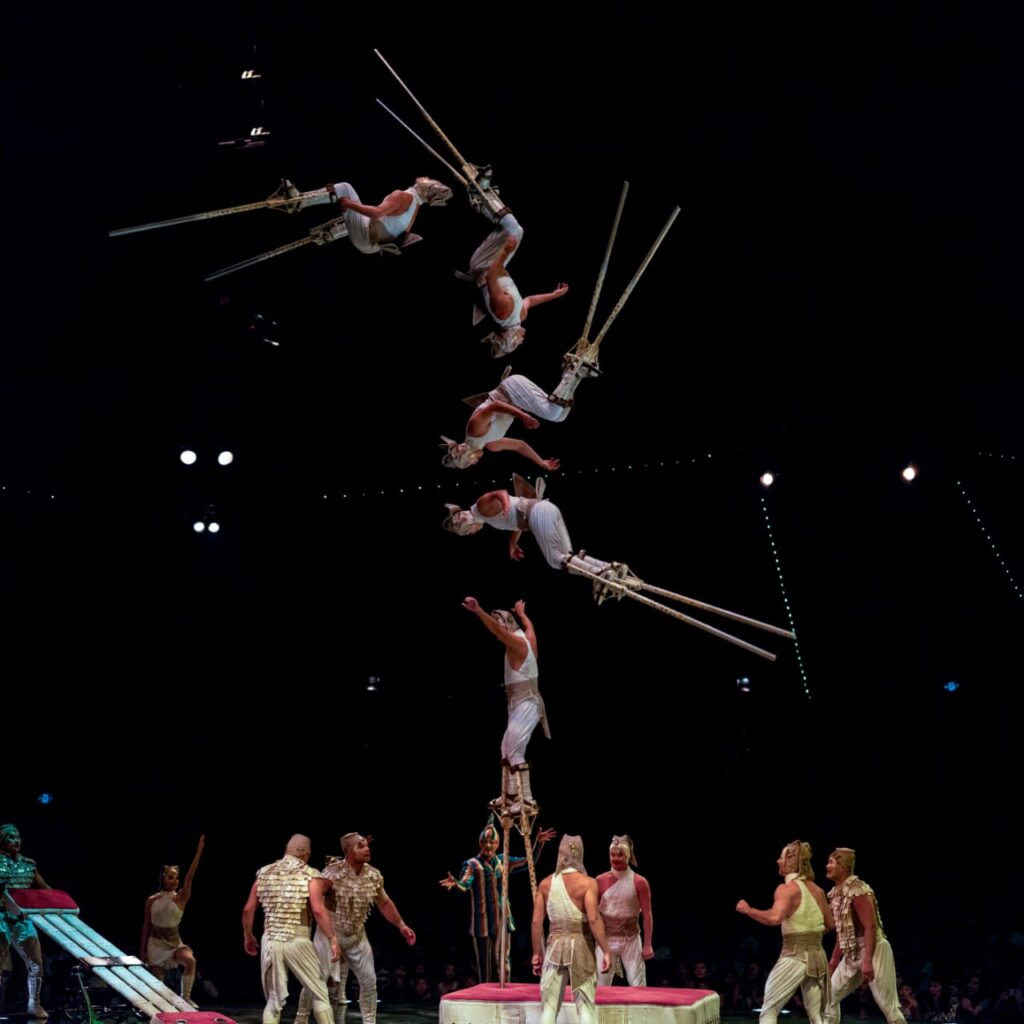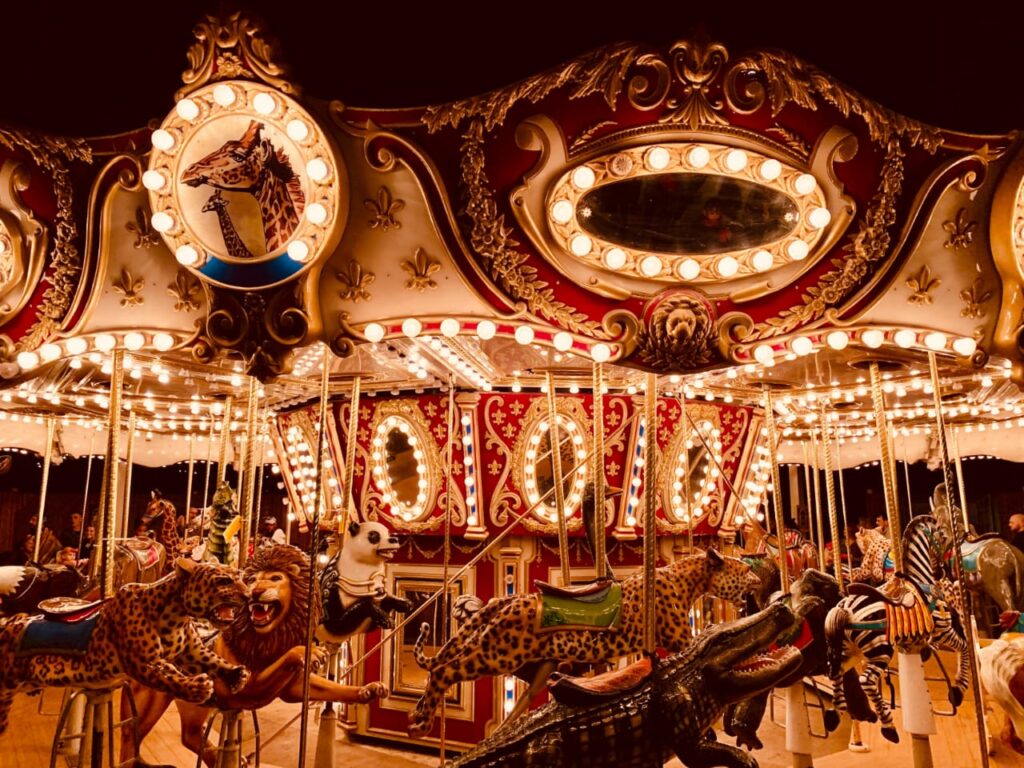HISTORY OF CIRCUS
The history of the circus goes back centuries, with roots in ancient civilizations. Here is a brief overview of the history of the circus:

Ancient Times: Circus-like performances can be traced back to ancient Egypt, Greece, and Rome. Egyptians had acrobatic performances and animal acts, while Greeks showcased athletic contests and equestrian shows. Romans introduced elaborate spectacles known as “circus games” that included chariot racing and entertainment.

18th Century: The modern circus as we know it began to take shape in the 18th century. Englishman Philip Astley is often credited as the father of the modern circus. In 1768, he opened a riding school in London, where he presented skilled horseback riding displays, leading to the addition of jugglers, acrobats, and clowns. The circular structure of Astley’s arena became the prototype for the circus ring.
19th Century: The 19th century witnessed the expansion of circuses across Europe and the United States. John Bill Ricketts established the first American circus in Philadelphia in 1793, presenting equestrian acts, acrobatics, and clowning. The circus saw notable developments during this period, including the introduction of the circus tent to accommodate larger audiences.
P.T. Barnum: In the mid-19th century, Phineas Taylor Barnum’s contributions revolutionized the circus industry. He merged museum exhibits with circus performances and created the famous “Barnum’s American Museum” in New York City. Barnum is known for promoting extraordinary human attractions, including the famous “freak shows,” and later, the exotic animal acts.
Circus Companies: In the late 19th and early 20th centuries, numerous circus companies gained prominence. The Ringling Brothers and Barnum & Bailey Circus, formed through a merger, became the largest and most famous circus in the United States. Other notable circus companies included the Cirque du Soleil, which introduced a contemporary and artistic approach to the circus arts.
Evolution: Over time, the circus evolved, adapting to changing tastes and societal norms. Animal rights concerns led to a decline in the use of performing animals in circuses. Modern circuses shifted focus towards human performances, combining acrobatics, aerial arts, daredevil stunts, clowning, and theatrical storytelling.
Contemporary Circus: Contemporary circuses often incorporate elements of theater, dance, music, and visual arts, pushing boundaries and blurring traditional definitions of the circus. This new wave of circus arts embraces innovation, creativity, and multidisciplinary skills.

The history of the circus is vast and continues to evolve, with modern circuses embracing new forms of entertainment while paying homage to the rich traditions and skills that have made the circus a beloved form of spectacle and amusement throughout the years.

The profitability of a circus can vary widely depending on several factors, such as the circus’s size, reputation, ticket prices, operating costs, marketing strategies, and overall audience demand. While some circuses have experienced financial success, others have faced challenges in recent years. Here are some factors that contribute to the profit of a circus:

- Ticket Sales: The main revenue source for circuses is ticket sales. A circus with a strong lineup of captivating acts, talented performers, and a compelling show can attract a larger audience and generate higher ticket sales, ultimately contributing to profitability.
- Sponsorships and Partnerships: Circuses often form partnerships with sponsors or corporate entities, which can provide financial support in exchange for branding and advertising opportunities. Sponsorships can help offset operating costs and contribute to overall profitability.
- Merchandise Sales: Selling circus-themed merchandise, such as t-shirts, toys, and souvenirs, can be a significant revenue stream. Successful branding and appealing merchandise designs can boost sales and enhance profitability.
- Ancillary Revenue: Additional revenue can come from ancillary sources, such as concessions and food sales at the circus venue. Offering diverse food options and a range of merchandise for purchase can contribute to the overall profit margin.
- Touring and Contracts: For touring circuses, securing contracts with cities, venues, or festivals is vital. Favorable contract terms, negotiation skills, and effective scheduling can help reduce costs and increase profitability.
- Cost Management: Efficient management of the circus’s operating costs, including personnel expenses, equipment maintenance, transportation, accommodation, marketing, and insurance, can impact profitability. Careful budgeting and cost control strategies are essential.
- Market Demand and Competition: The circus industry faces competition from various entertainment options. The ability to adapt to changing consumer preferences, stay relevant, and differentiate from other forms of entertainment can impact a circus’s profitability.

It is important to note that the profitability of a circus can vary significantly, and many factors beyond the ones mentioned can influence financial success or challenges. Each circus operates differently, and internal management decisions, external economic factors, and market conditions can all play a role in determining the financial outcome.
